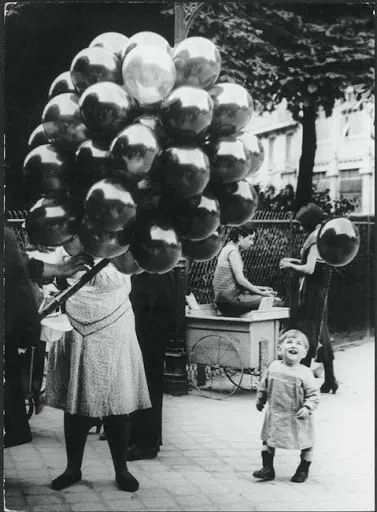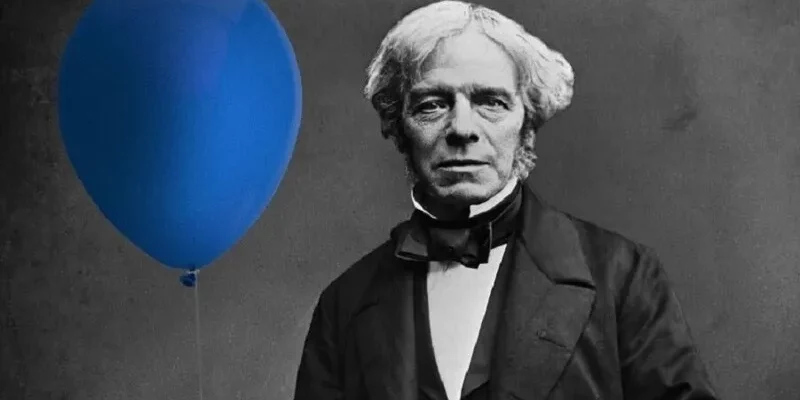History of latex balloons
The history of balloons dates back to the early 19th century. The first rubber balloons were invented in 1824 by Professor Michael Faraday for his experiments with hydrogen. He made his balloons by cutting out two sheets of rubber, laying them on top of each other, and pressing the edges together. The tacky rubber welded automatically, and the inside of the balloon was rubbed with flour to prevent the opposing surfaces from joining together.
Latex balloons, as we know them today, were first manufactured by J.G. Ingram of London in 1847. These balloons were used for decoration, as toys, and for medical purposes. The manufacturing process involved harvesting natural latex from rubber trees, treating it to remove impurities, and then molding it into the desired balloon shape.
The usage of latex balloons grew over time, and by the early 20th century, they had become a common sight at celebrations and events. They were especially popular at children’s parties, where they were often used in games or given away as prizes.
In the 1920s and 1930s, latex balloons began to be used in advertising and promotional events. Companies would print their logos or slogans on the balloons and distribute them at public events or in stores. This practice is still common today.
In the mid-20th century, helium-filled latex balloons started to become popular. These balloons would float in the air, creating a festive atmosphere at parties and celebrations. Helium-filled balloons are now a staple at many events, from birthday parties to weddings to graduation ceremonies.


In recent years, there has been growing awareness of the environmental impact of latex balloons. When not disposed of properly, they can cause harm to wildlife and contribute to pollution. As a result, many people are now choosing to use biodegradable latex balloons, which break down more quickly in the environment.
Despite these concerns, latex balloons remain a popular choice for many types of celebrations due to their bright colors, affordability, and versatility. They can be filled with air or helium, decorated with paint or markers, and shaped into various forms, making them a versatile tool for celebration and decoration.
History of mylar or foil balloons
Mylar balloons, also known as foil balloons, were not invented until over a century later. NASA invented these balloons in the 1950s for use in space missions and satellite technology. Mylar balloons are made from a type of polyester film that has been metallized, or coated with a thin layer of metal, usually aluminum. This gives them their distinctive shiny appearance and also makes them lightweight, strong, and able to reflect heat and light.
The first consumer use of mylar balloons was in the 1970s when they started being used for celebrations and decorations. Today, both latex and mylar balloons are commonly used in various celebrations and events.
However, it’s important to note that while balloons have brought joy and color to countless celebrations over the years, they also have an environmental impact. Balloons can cause harm to wildlife if not disposed of properly, so it’s important to remember to dispose of them responsibly.

